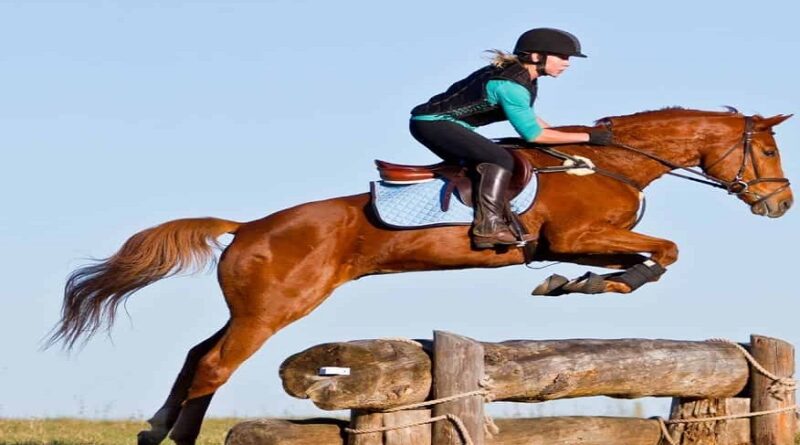How to Choose the Best Horse Jump Equipment for Your Needs
Horses and riders need specific equipment to compete in show jumping events. Some of these items are required for all occasions, while others vary by the type of event.
For example, snaffle bits are allowed for show jumping, while other bit types are not. These precise rules exist across disciplines and are updated frequently by governing organizations.
Safety Helmets
Modern helmets as horse jump equipment offer both protection and style. You can find a sleek design to match your tailcoat or show coat while choosing a safety feature such as MIPS to reduce brain shear in an accident.
A hand-made helmet in Great Britain adheres to strict equestrian safety standards. It offers comfort and ventilation, while the dial-fit system ensures a precise fit.
MIPS is a layer that absorbs rotational movement that can cause severe brain damage when you fall from your horse and hit your head against the ground at high speed. This technology also reduces the impact of your skull hitting against a fence or gate, helping to keep you safe on the field. MIPS is recommended for all riders.
Stirrup Leathers & Irons
Stirrup leathers and irons are crucial for riders to support their feet while jumping. The FEI notes that stirrup leathers and irons must hang freely from the bar of the saddle flap, not attached to the rider or any other part of the saddle.
Leather width is also a consideration. Riders can find a single-inch wide leather for reducing bulk under the leg and options with two-inch holes for more precise adjustments.
Buckles are essential to any stirrup leather, and many riders prefer the curved style to reduce bulk and improve contact with the bar area. Martingales are another key attachment that impacts your horse’s performance and safety. Running martingales are most prevalent, while standing is acceptable only for classes with lower jump heights.
Gloves
Besides looking classy, gloves are critical equipment that helps you control your reins and communicate with the horse. There are many different types of riding gloves, ranging from lightweight summer gloves to insulated winter gloves. There is also a variety of touchscreen-friendly gloves to allow you to continue to use your mobile device while you ride.
When choosing winter horseback riding gloves, look for a long wrist cuff to keep your hands warmer while keeping drafts out. Then, choose a glove with an adjustable Velcro wrist cuff so that you can tighten it or loosen it as needed. Finding a pair of machine-washable gloves is also helpful to prevent them from getting too dirty while in use.
Gridwork
A grid is a great way to help your horse learn to see a stride and jump with better technique. Madeline Backus likes to start new horses with a simple grid of four trot poles followed by a bounce and then a vertical and oxer.
This teaches them to land and power off again over the bounce rather than trying to go all out for an oxer. It also helps them to keep their balance in the saddle, improving turning and balance.
A good grid should be built in the middle of a paddock, allowing the horses to figure out the obstacles independently and practice biding their time over each fence. This can be an essential concept for horses aiming for eventing, as it encourages them to save energy and still have some left over for the cross-country course.
Jump Cups
Few equestrian competitions show off the horse and rider’s skills like jumping. Horse jumps are essential to every hunter/jumper course and come in various styles and heights.
The cups on a horse jump hold the poles in place but should be shallow enough to allow the bars to dislodge easily, helping prevent injury. This easy release also helps reduce the number of faults scored during a jump-off, which may help determine a winner.
Many equestrians use landscaping timbers as jump rails because they are less expensive than natural wood and are often available at local garden stores. They also work well because they are lightweight and durable, making them easier to move around. Some equestrians prefer to use a different type of jump cup that requires pins.

